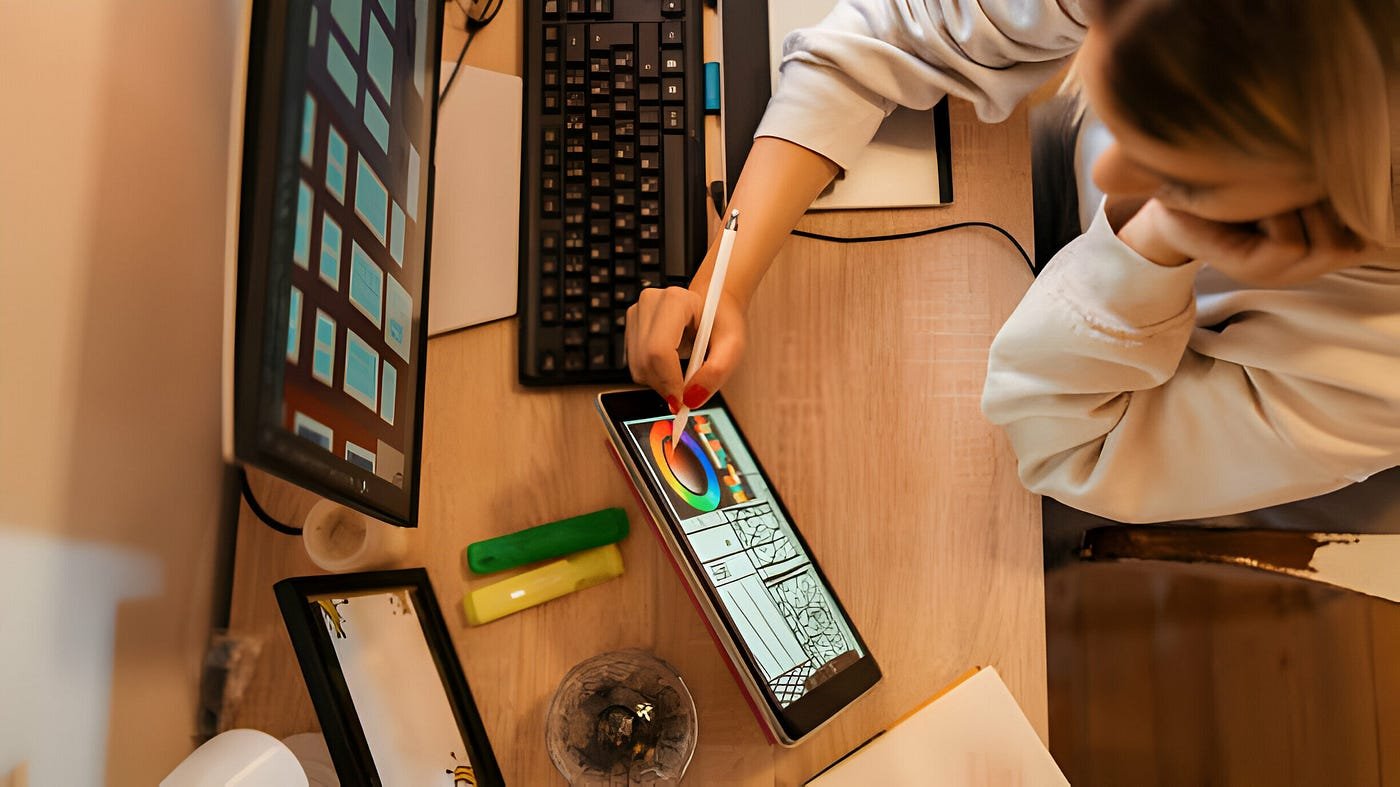Design is more than just how a website or app looks—it’s about how it functions and how users interact with it. The relationship between design and user experience (UX) is key to creating successful digital products. This article explores the impact of design on user experience and how it can either enhance or hinder the way users engage with your site or app.

Visual Appeal and First Impressions
The Power of Aesthetic Design
The first impression users have of your website or app is often based on its visual design. If the layout is appealing, professional, and clean, visitors are more likely to stay and explore. The impact of design here is immediate: users decide within seconds whether your platform is trustworthy and worth their time. A well-designed interface makes them feel confident that they’ll have a good experience.
Balancing Creativity with Clarity
While a creative and unique design can make your site stand out, it’s important to ensure clarity. If a design is too complex or confusing, it may drive users away. Simplicity in design doesn’t mean sacrificing creativity—it means delivering both in a way that benefits user experience.
Navigation and User Flow
Creating Intuitive Navigation
One of the most significant aspects of the impact of design on user experience is navigation. If users can’t find what they’re looking for easily, they’ll become frustrated and leave. Intuitive navigation ensures that users can browse smoothly, access information quickly, and complete tasks without confusion. Well-placed menus, breadcrumbs, and clear calls to action are essential components of a well-designed user flow.
Reducing Cognitive Load
Effective design minimizes the cognitive load on users, meaning it requires less mental effort to figure out how to navigate the site. The less time users spend thinking about how to use your platform, the more they can focus on enjoying its content or services. This shows how the impact of design directly influences user satisfaction and engagement.
Responsiveness Across Devices
Mobile-Friendly Design
In today’s digital world, people access websites and apps across various devices. A mobile-friendly design is critical to ensuring a seamless user experience. The impact of design on mobile responsiveness is undeniable. Sites that are not optimized for mobile will struggle to retain users. On the other hand, a responsive design that adjusts to different screen sizes provides a smooth experience, keeping users engaged.
Speed and Performance
The speed of a website is another important aspect of design that affects user experience. Slow-loading pages frustrate users, leading to higher bounce rates. By optimizing design elements such as image sizes, scripts, and code, you can ensure that your platform runs efficiently, highlighting the impact of design on user satisfaction and retention.
Accessibility and Inclusivity
Designing for All Users
Accessibility is a crucial factor in the impact of design on user experience. By making your website or app accessible to all, including people with disabilities, you create a more inclusive platform. Design elements like text size, color contrast, and keyboard navigation should cater to a diverse audience. Accessible design isn’t just ethical—it also enhances the user experience by ensuring that everyone can interact with your site.
Clear and Readable Content
Good design also enhances the readability of your content. Choosing the right fonts, text sizes, and colors plays a big role in how easily users can absorb information. A cluttered or overly stylized design can hinder content comprehension, while a clear, well-structured design improves understanding and keeps users engaged.
Emotional Connection and Engagement
Evoking the Right Emotions
Design has the power to evoke emotions and create connections with users. The colors, typography, and overall style of your platform can influence how users feel when interacting with it. A warm, friendly design can make users feel welcome, while a sleek, professional look can instill confidence. The impact of design on emotions is key to building long-term relationships with your audience.
Building Trust Through Design
Trust is a critical factor in user experience. If your design looks outdated or disorganized, users may question the reliability of your product or service. A modern, clean design builds trust and credibility, helping users feel secure while navigating your platform.
Conclusion
The impact of design on user experience cannot be overstated. From first impressions to navigation, responsiveness, and accessibility, design shapes how users interact with your website or app. By focusing on intuitive layouts, fast performance, and emotional connection, you can create a positive, memorable experience that keeps users coming back. In the end, great design enhances both functionality and engagement, making it an essential component of any successful digital product.











